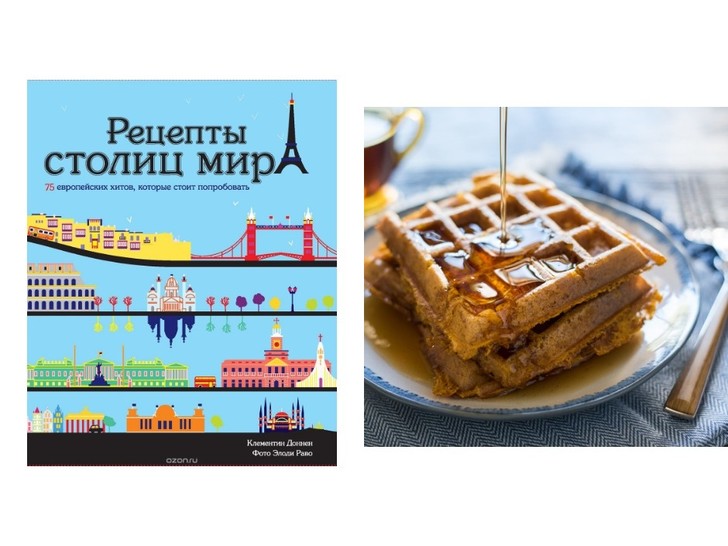
Our daily mayonnaise. Learn about one of the most popular sauces in the world!
Mayonnaise is one of the most popular food additives, playing an extremely important role on Easter tables. As it turns out, this well-known thick sauce can keep some secrets for us. Get to know them just before Easter!
-Sparrow
A handful of numbers
Mayonnaise is one of the high-calorie supplements - 100 g contains more than 700 calories. A statistical Pole eats an average of 1,5 kilograms of mayonnaise per year. According to a study by GfK Polonia, mayonnaise is present in 9 out of 10 Polish households, and its sales increase by five times during the pre-Christmas period. The peak of "mayonnaise madness" falls on Good Friday and Good Saturday, which is probably not surprising - we cannot imagine Easter without hard-boiled eggs with mayonnaise or Polish salad in different versions, depending on the region.
Origin dispute
Since the composition and production of mayonnaise is quite simple and does not require great culinary skills, most likely it was not invented by one person at a certain time. Over the centuries it has probably been eaten under different latitudes and under different names. It appeared in cookbooks around the end of the XNUMXth century, and the origin of its name is attributed to various French personalities, geographical regions and cities.
For big water...
The date of sale of the first "commercial" jar of mayonnaise is considered to be 1905 - then, in his New York store, a certain Richard Hellmann, a German immigrant, introduced a sauce prepared by his wife into the assortment. He sold two types, distinguished by a red and blue ribbon tied at the lid. Mayonnaise became so popular that already in 1912 Hellmann founded his own factory, and the brand that bears his name is still the largest shareholder of the mayonnaise market in the world.
… and on Polish soil
In Poland, the very word "mayonnaise" first appears at the beginning of the XNUMXth century. However, this name means not only sauce, but also, as we read in the book “Icons of Polish Culinary Art” by Maria Ohorovich-Monatova, “a meat or fish dish, which includes aushpik, from which jellied meat is made.” , and mousse, that is, the sticky taste of meat or fish, pressed into a thick white foam, which is smeared on fish or meat with the aforementioned auspic. The consistency of this dish resembled mayonnaise, it was often decorated with it. The first mayonnaise produced in Poland on an industrial scale was Wytwórcza Spółdzielnia Pracy "Społem" mayonnaise in Kielce, and the inventor of its recipe was Zbigniew Zamoyski.
Żeromski... dyed with mayonnaise
In August 2010, the National Museum in Kielce presented an exclusively original exhibition called Stefan and Mayones. Artists from the Łódź Kaliska Group decided to "refresh" the image of the writer thanks to the techniques used by Andy Warhol, namely his famous can of Campbell's soup. Zeromski decided to combine with one of the most famous food products in the region - mayonnaise. Several dozen large-format serigraphs, that is, prints on canvas, have images of Zeromski associated with a jar of this sauce.
Eco-friendly and vegan
We will make homemade mayonnaise using just three ingredients: butter, egg yolks and vinegar or lemon juice. There is also a vegan option - just replace the eggs with aquafaba, i.e. liquid left over after boiling chickpeas and other pods.
Or maybe ... mayonnaise ice cream?
This offer is for true connoisseurs of this taste. One of the Scottish ice cream parlors Ice Artisan Ice Cream in Falkirk near Edinburgh, famous for its original ideas, last year offered its customers a new product - mayonnaise ice cream. Restaurant owner Kyle Gentleman told The Independent that the idea came from his love of sauce. He also reported that the taste is very popular.
Unobvious use of mayonnaise
Fans of home flowers know that after washing the leaves with lukewarm water with the addition of mild soap, they should be rubbed with a small amount of mayonnaise. They will shine for weeks! Parents, in turn, can use it to wash crayons off the walls of candles and remove stickers from furniture, for example. Mayonnaise is also good for oil doors, wood cleaning, and as a… scalp mask.

